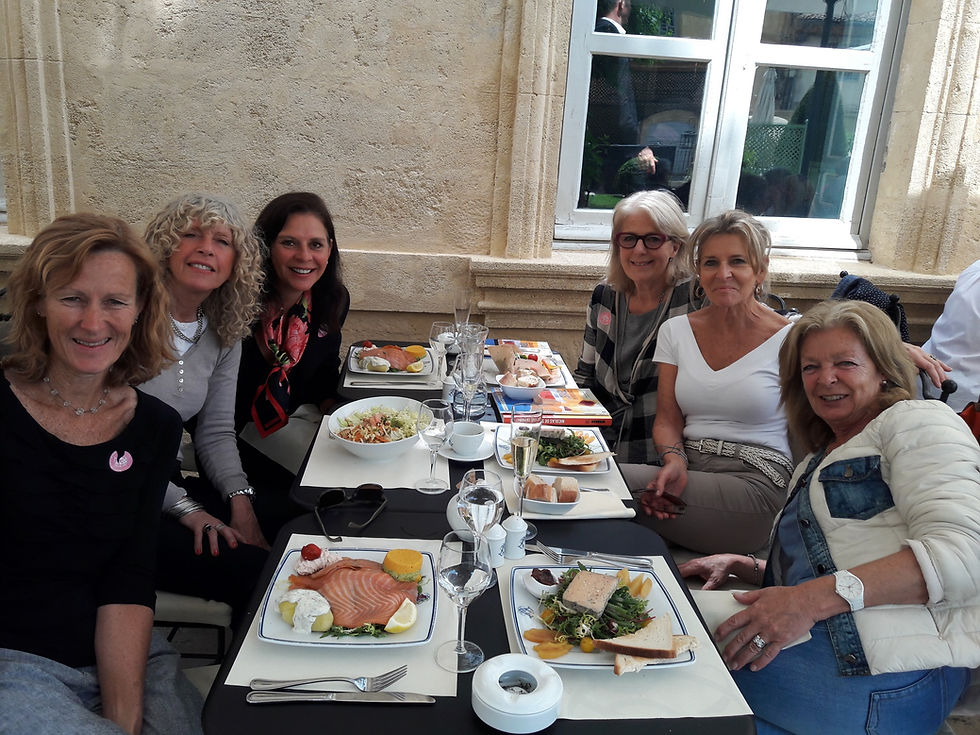Two Scotties in Paris
- Art by Wietzie

- Feb 21, 2018
- 2 min read

Before beginning our year in Provence we decided to spend two weeks in Paris. I was determined to visit as many art galleries and museums as possible to get the creative juices flowing once we hit the south of France with its legendary light. We rented a small apartment on Île Saint-Louis, one of two natural islands in the Seine river.

Île Saint-Louis is connected to the rest of
Paris by four bridges to both banks of the river. It is a peaceful oasis of calm in the busy Paris centre. It has only narrow one-way streets, a métro station, and two bus stops. Most of the island is residential, but there are several restaurants, hotels, shops, cafés and ice cream parlours at street level, as well as the Eglise Saint-Louis en l'Ile, an old Catholic Church that was built between 1664 and 1675. Furthermore to my delight, there were artists and sculptors abound within the perimeters of Île Saint-Louis, so I felt right at home! Bella and Bono also loved it as with all the small bakeries, butcheries and cheese stores the smells excited them around every corner.

First morning, after a quick dog walk and a lovely crisp croissant, we headed to the Centre Pompidou, Paris’ bastion of modern art. We got there very early, and so missed most of the crowds. It took us a couple of hours of feasting our eyes on the likes of Picasso, Klimt, Miro, Kandinsky, and my absolute favourite, Joan Mitchell, and her beautiful quadriptyque "Chasse interdite".

Thereafter on to the Musee l’Orangerie which is situated in the picturesque Tuileries Gardens. It houses an impressive collection of impressionist and post-impressionist pieces by some of the biggest names in the world. That includes Claude Monet's masterworks, the Nymphéas (Water Lilies), painted in the artist's garden at Giverny and donated to the French state. Monet stipulated that the monumental panels be displayed precisely as they are seen today, in twin oval rooms that surround enraptured viewers with his vision.

The water lilies paintings have especially impacted abstract paintings. Monet's philosophy for painting has been to "forget what objects you have before you--a tree, a house, a field, or whatever. Merely think, here is a little square of blue, here an oblong of pink, here a streak of yellow, and paint it just as it looks to you, the exact color and shape..." This idea of shapes and colors representing a figure without actually drawing the figure is what has made the principal behind abstract painting. It allows for each individual viewer to see something different in the painting. Without something definitive or concrete in the painting, the viewer is forced to manipulate the colors and shapes and arguably Monet and the impressionists lead the way for abstract painters from the latter 20th century.
Enough for today, dear reader, next blog post will see us in Musee d’Orsay, one of Paris’ most famous institutions. For now, here a few more photo's of Bella & Bono enjoying Paris!





Comments